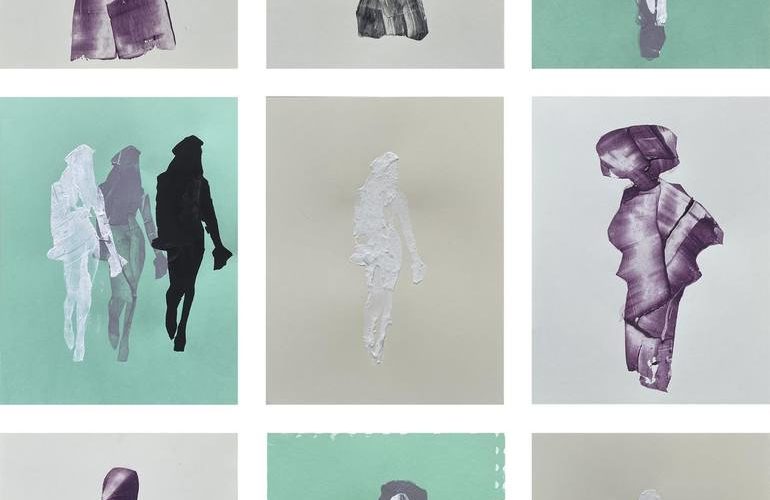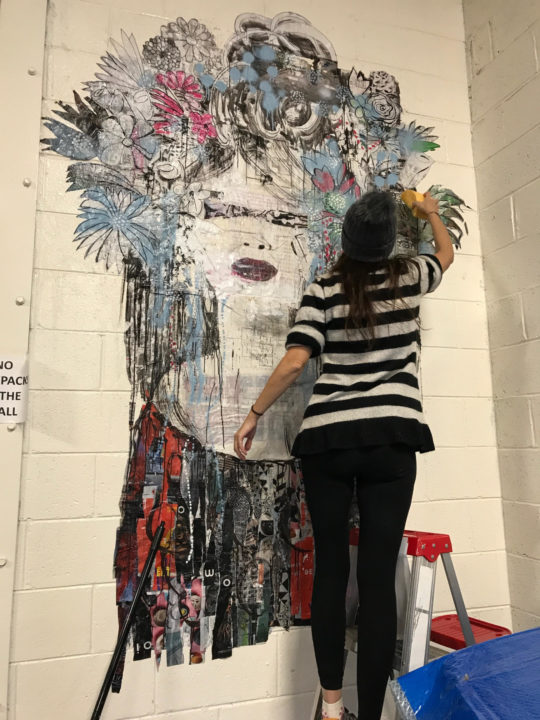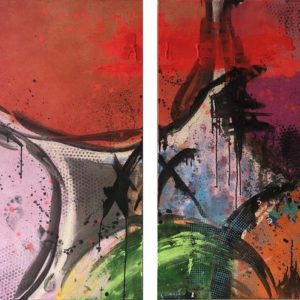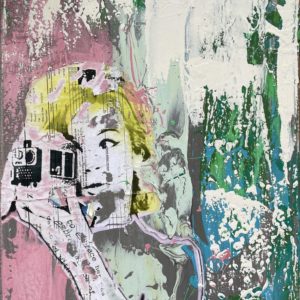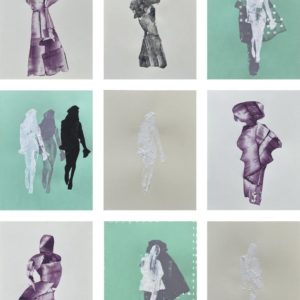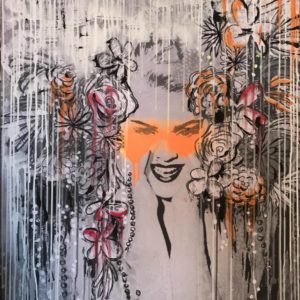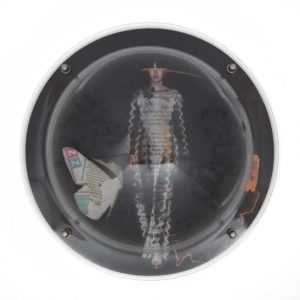Art News
 Meet The Others: Tina Psoinos
Meet The Others: Tina Psoinos
The Game Changers. The Rule Breakers. The Innovators. Discover some of the fantastic emerging talent showcasing their work at The Other Art Fair.
We are back in Chicago, join us this April 21-24 and We are returning to our amazing Fulton Market venue for another show-stopping Fair!
We are taking a look back at some of our great artists from 2021. Meet Tina Psoinos. We asked Tina a few questions about her practice…
When did you start out as an artist, what draws you to your subjects or objects in your pieces?
I have been creating art all my life but initially I thought of it as a natural extension of myself and not being a working artist. In college I fell in love with Photography. Love At First Sight! I completed my degree in Fine Arts, then continued to acquire an Interior Design degree and proceeded with a career in the design business while continuing my Fine Art Photography practice. I started exhibiting and for about two decades I practiced both.
In the last decade the artist in me has taken over with multiple solo and group exhibits, art fairs and private commissions.
Familiarity draws me to both my subjects and objects in my work. Fragmented memories and the desire to piece together and create a new whole, compels me to work on them, in an effort to reinterpret, redefine, understand and convey my own version of reality.
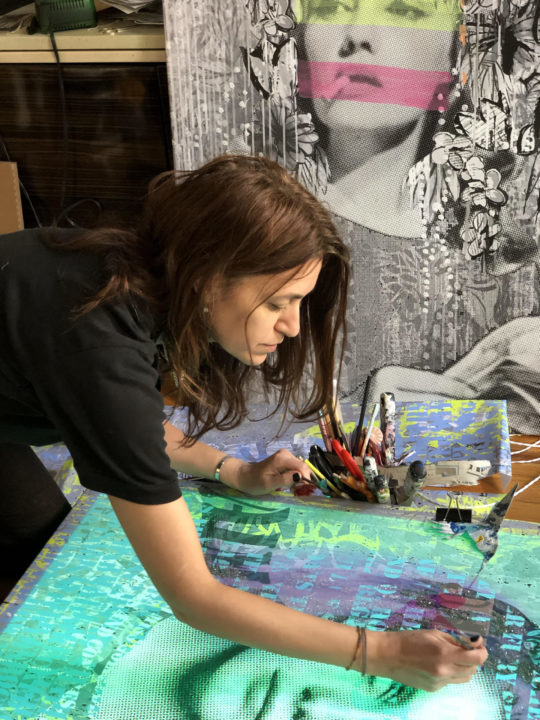
How do you decide which colors to use in your work and how crucial is color as part of your practice?
Color is abundant in my work. Deciding what color to use depends on the emotion I am looking to evoke. At times the theme itself commands it, or I purposely choose the color mood when I create. My intention is to sync body and mind so that the true feelings come through in my art. Color is powerful and gives distinct energies that set different moods. While it is subjective and deeply personal, rooted in one’s own character, culture, and unique experiences, it is part of a universal language. As much as I love color and the effect it has on feelings and behavior I also appreciate the absence of it, so when I want to emphasize shapes and form, I use predominantly black and white.
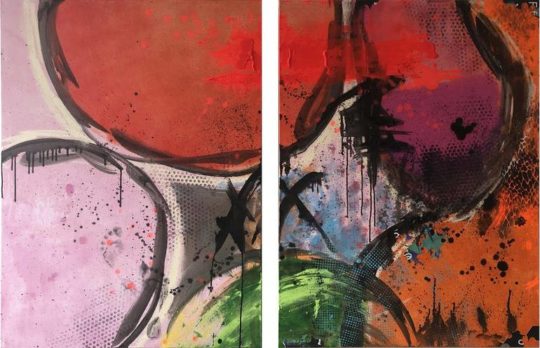
Does your artwork look to send a specific message, if so what is this message?
I aim to engage the viewer through color, shape, and texture and invite them to interact while starting a conversation, allowing for their own particular associations to come through.
Of course some collections are a bit more specific. The Female series, for instance, conveys the message of equality and empowerment; for me these are women who are much more than meets the eye. The Fashion series is also about empowerment, the imagery included in the collage or for the paintings is chosen for its dynamic pose and the attitude and confidence the garment gives to the woman that wears it. One version of the fashion series is enclosed in a bubble. It means all different things at the same time. The figure is in her own world, her cocoon, plotting her transformation, she’s trapped, she’s breaking free of the past, of stereotypes, she’s protected. But the viewer might associate with the work in a different way, and that is the beauty of it.
You use a lot of mediums in your work, often together to create amazing pieces. How would you say your art practice has changed over time?
My practice started with analog photography and included an array of alternative photographic processes like cyanotypes, polaroid lifts and transfers, liquid emulsion, palladium prints, etc. I combined Photography with Silksreen and Lithography. I later included Digital photography and digitally manipulated imagery that progressed to include Acrylic overlays.When the digital age took over and an app could produce a good enough image I felt the need to go back to the physicality of materials that I had put aside, like charcoal and paint. And soon after, for the first time since college, I used collage, only now it was mostly part of a mixed media process. I recently came back to photography and painted over it in a different way than from the past. I often combine many of my old processes to create the work I do nowadays. They are all multi-layered, revealing partial information, partial truths, like the weathered posters in the city streets.
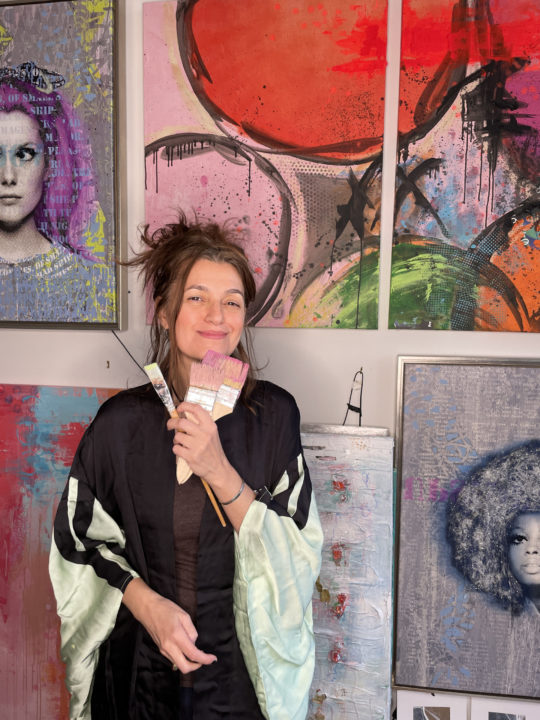
What would you say you look for when deciding to start a new collection or piece. Is there anywhere in particular that you go to get inspiration?
I draw inspiration from my environment, New York City and my travels, and from memories and dreams. Something that I see, would bring up a specific emotion that would trigger a memory and then a new series would start, or I would dream up an idea. I like to follow my instincts and have the freedom to address different themes and processes. I don’t like confining myself to just one theme or one genre. After all, being an artist commands breaking the rules, being true to oneself.
What advice would you give to an aspiring artist who would like to delve into working in the arts?
Keep an open mind. Work hard. Don’t give up. Submit to open calls. And love what you do.
